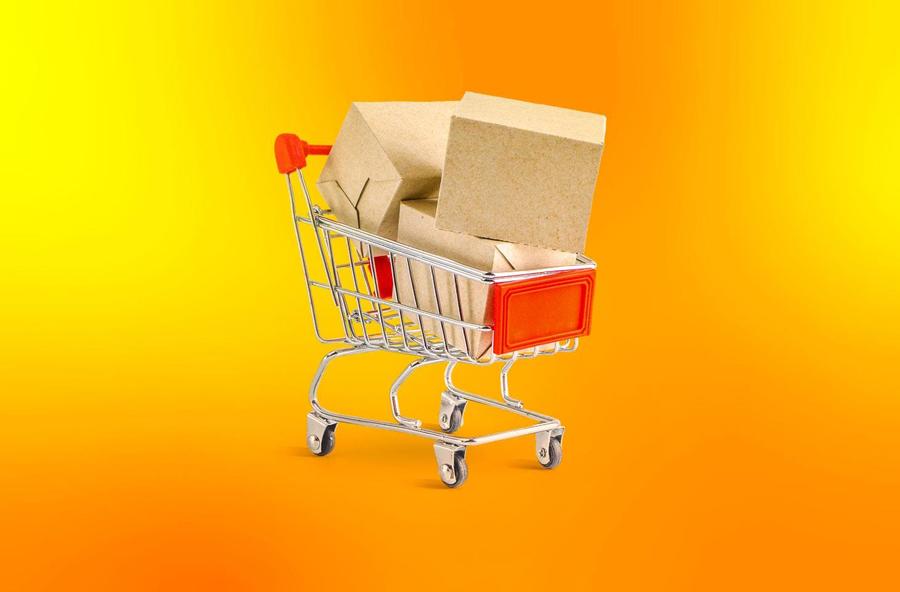Kaspersky shares practical ways to shop safer online this festive season
By Yeo Siang Tiong, General Manager for Southeast Asia at Kaspersky
Like most of you, the continuing pandemic has affected my online buying habits in more ways than one. I have embraced more the virtual way of shopping just like the more than three in five online users (64%) in Southeast Asia (SEA) as our research revealed last year.
I still enjoy retail shopping, especially the experience of seeing new products and testing a variety of gadgets. But of course, health comes first so I have adapted and now do my shopping once a month. Here in Singapore, we get monthly promotions, depending on your bank and the e-commerce platform, so I harness the perks of online shops by stacking up discounts per month.
It does come with risks, though. For instance, since the beginning of 2021, we have foiled 708 incidents across six countries in SEA, 50% of the total number of mobile bankers blocked in 2020 which was 1,408. We also monitored a 60% uptick in the number of attacks using malicious mobile bankers detected and blocked in the region.
I’ve also seen these risks myself. Just this year, I was in a hawker center buying lunch for my family when I received a text message with a link to track a parcel. A few days ago, I ordered a makeshift table for my work-from-home set-up so I am indeed expecting a delivery. In short, I clicked, and then boom. It was a phishing link. Thankfully, my phone has a Kaspersky Internet Security on it, and as soon as I clicked it, it kicked in and blocked the threat.
From this I learned that it is easy to say do not click on anything, but add in the contexts of the setting — my mind was occupied with another activity (buying lunch), in a noisy environment (hawker center), and I am expecting a parcel (table) — and you’ll know that in the real world, it is easier said than done.
Aside from the importance of having a safety net — a security solution that can catch your accidental slips — it is also essential to revisit the card that you are using for online shopping as it will shape the possible losses a malicious link can inflict on your wallet.
Let’s see how your online card should look like.
Ideally, a credit card
A credit card is not necessarily more secured than a debit card. However, disputes are easier to settle if a malicious transaction involves your credit card. Banks have insurance schemes and grace periods that allow you to alert them should you monitor a suspicious transaction, so be sure to keep an eye on your card’s balance and recent transactions list and to turn on transaction notifications.
With debit, the money loss will be pulled directly from your account. Meaning, it is your own money you are losing. And getting it back usually takes longer compared with a credit card — which you just don’t need to pay until the bank’s investigation is done.
For online shopping only, with a minimum balance
I am a believer in the additional security layer provided by a separate card which is meant only for spending online. In case it is compromised, you can easily cut the card without affecting your main bank accounts. Just be sure that if you see anything suspicious, contact your bank immediately and try to cancel the transaction — the faster you do it, the better.
The same principle applies to having a dedicated e-mail for your online spending needs which severely limit the amount of spam messages you receive and significantly reduce the risk of opening potentially malicious e-mails disguised as sales promotions.
It is also best to use a credit card with a low limit, or you may also set the limit lower according to your spending pattern. This is to ensure that cybercriminals, in case they get their hands on it, can only use a limited amount, in turn not inflicting a huge monetary impact on you.
Kept as a secret and tightly secured
Though life will be easier if your card details are saved across all e-commerce platforms you’re using, data breaches happening should be enough to warn us about keeping our financial data more securely. The more data you share and save online, the higher the risk you are putting yourself and your finances into.
And like the lesson I have learned myself, use a security solution with protection from phishing and online fraud, such as our Kaspersky Internet Security that has a Safe Money feature. Global cybersecurity company Kaspersky today reveals its Q2 2021 mobile threat report for Southeast Asia (SEA) where it has monitored a 60% uptick in the number of attacks using malicious mobile bankers detected and blocked in the region.
In the Philippines, Kaspersky endpoint solutions like Kaspersky Internet Security and Kaspersky Total Security that have Safe Money features are available on 11.11 promos in Shopee and Lazada. Customers can enjoy up to 50% discount.
Liked this post? Follow SwirlingOverCoffee on Facebook, YouTube, and Instagram.


